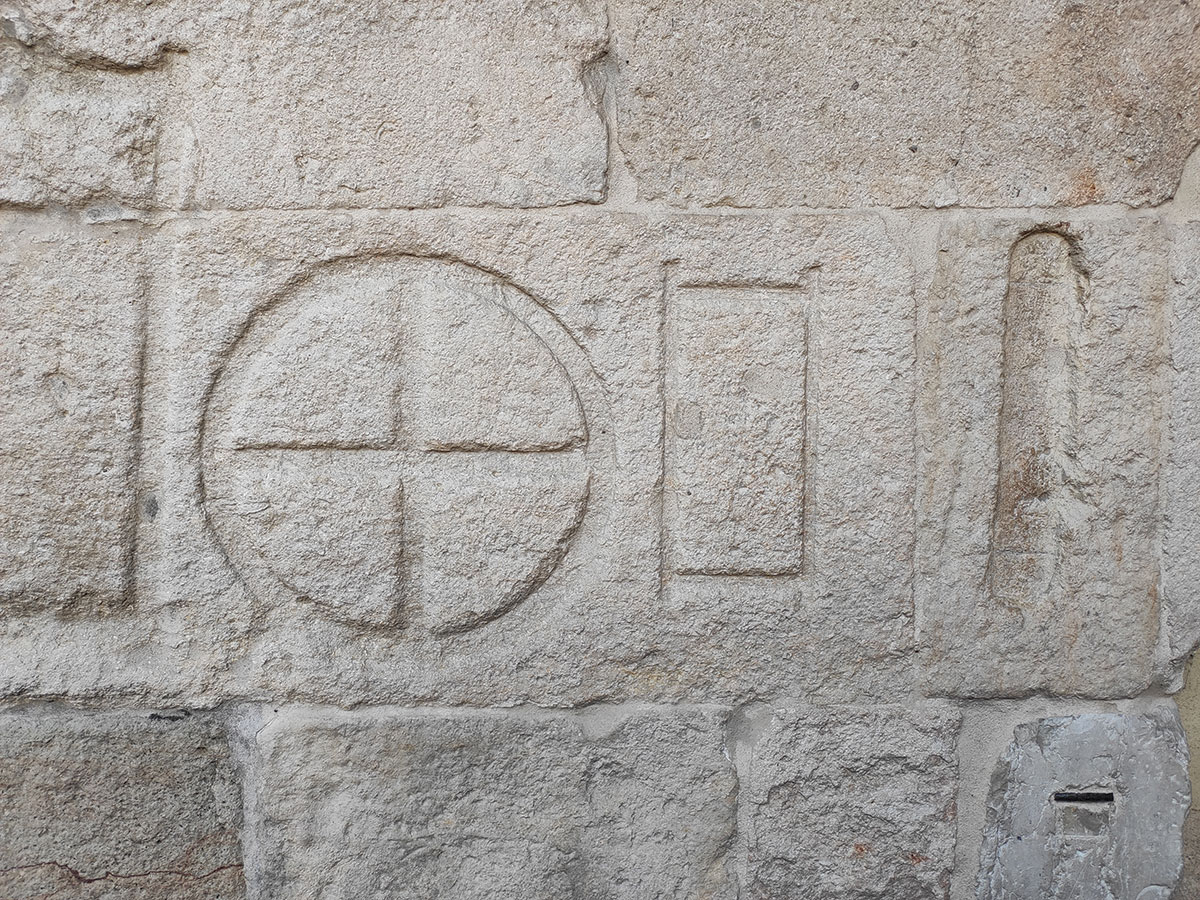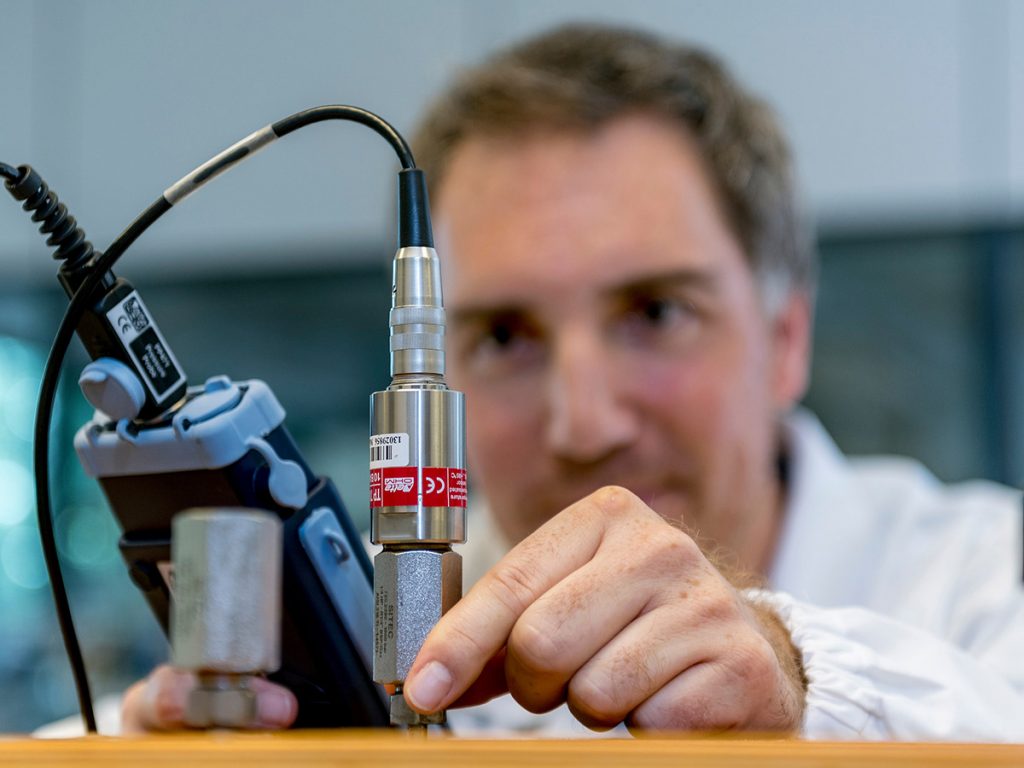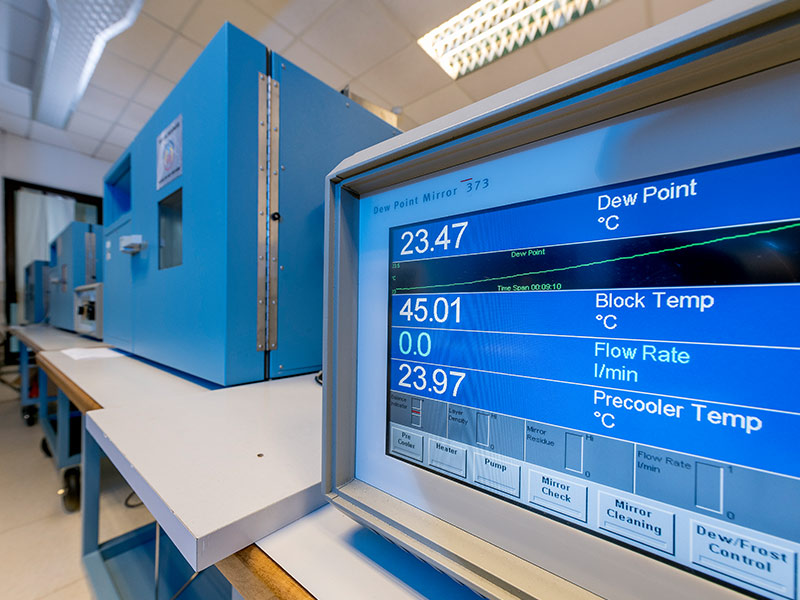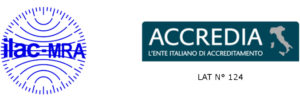What do our calibration centre and Padua, the city where our company is based, have in common?
A close bond that has its roots in ancient times, since one of the outer walls of Palazzo della Ragione bears the imprint of Padua’s ancient units of measurement dating back to the 13th century.
The ‘copo’ was a tile used to measure the amount of flour, the ‘staro’ was used for grains, the ‘quarelo’ for the size of bricks and finally the ‘brazzo or brazzolaro’ was used to measure cloth.
At the time, the municipal authorities demanded a strict control of the goods that traders exchanged, so much so that this corner of the square was renamed ‘Canton dee busie’, or the corner of lies: those who made incorrect use of the measurements were tied with ropes to the arch!
Why were the controls so strict?
At that time, a standardised and unique measuring system did not exist. This only appeared in the years following the French Revolution. And yet, the method used in Padua had the same purpose as today’s calibration laboratories: to establish a reference to universally recognised standards.
This is really fascinating. We are talking about centuries ago but the needs were the same: to associate a number with a quantity and to use initially anthropomorphic units of measurement in order to be able to compare quantities of different goods and propose quality exchanges to the customer.
We have the same purpose in our work today. In fact, the first accredited Senseca laboratories were initially set up to support the production of the instruments themselves. We wanted and still want to give our customer that “something extra”: a high quality product but also accurate and reliable in its measurements.











